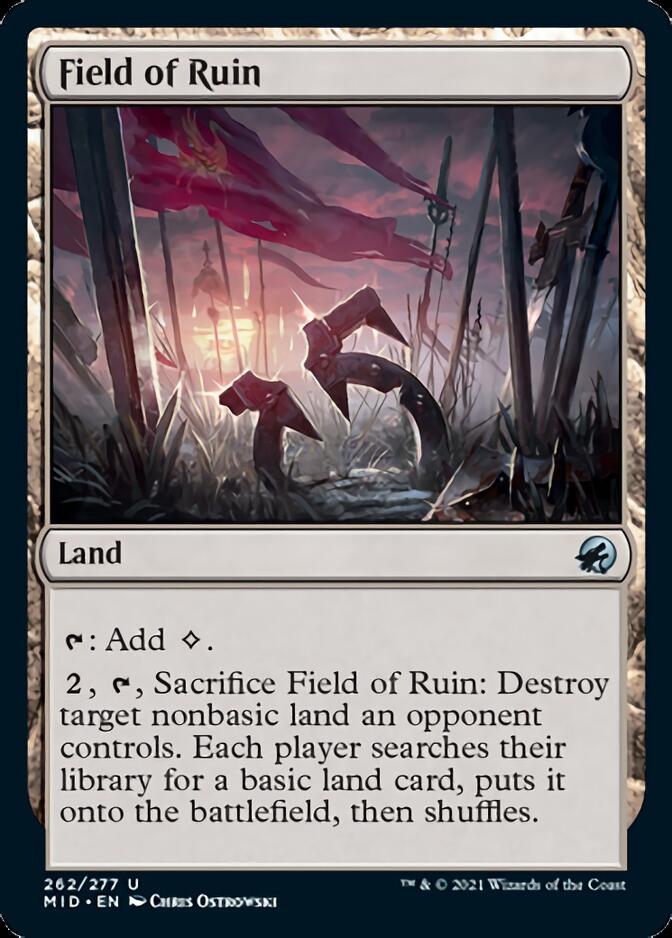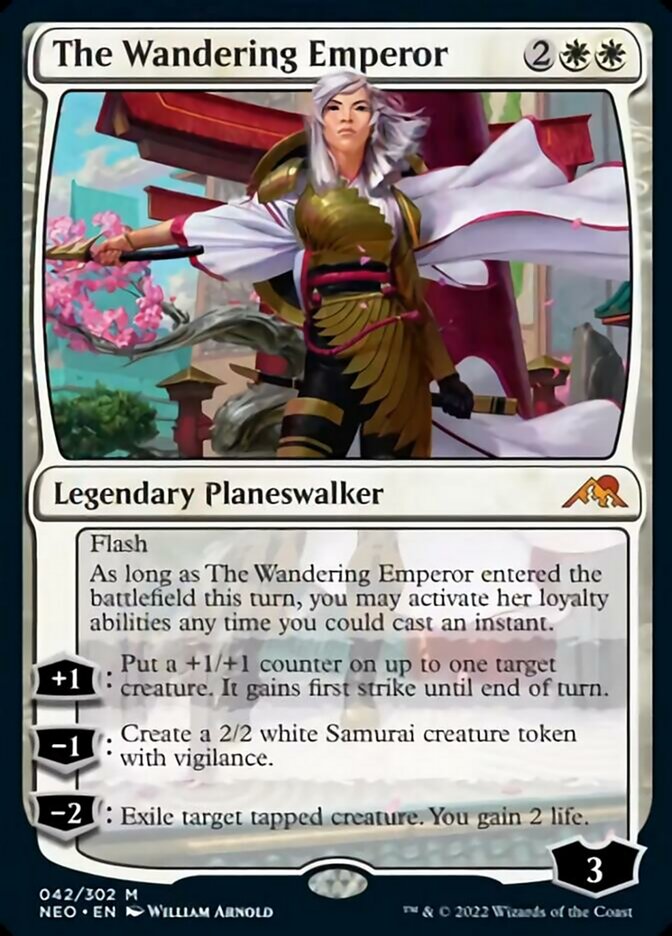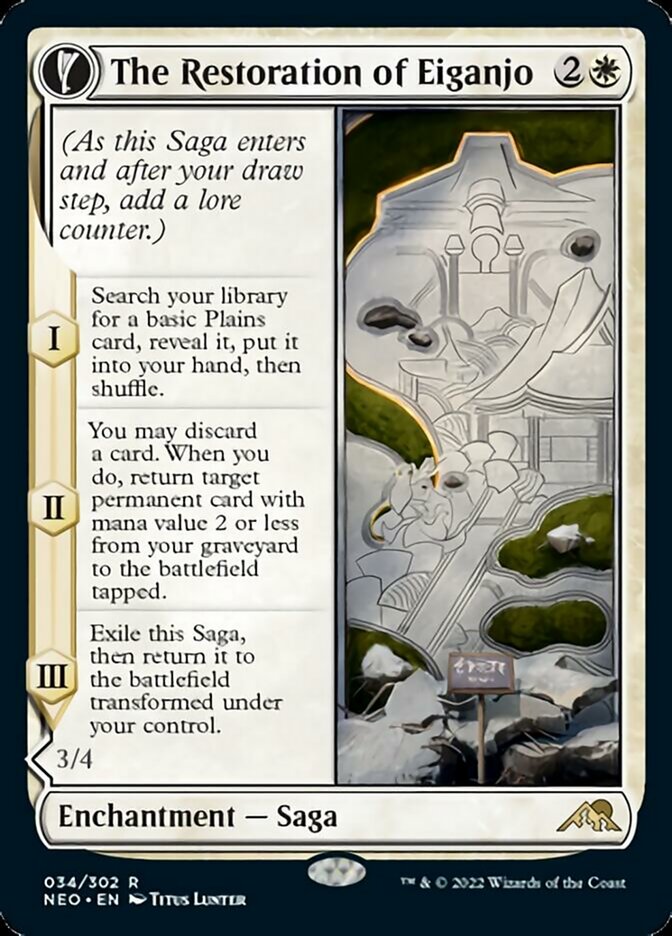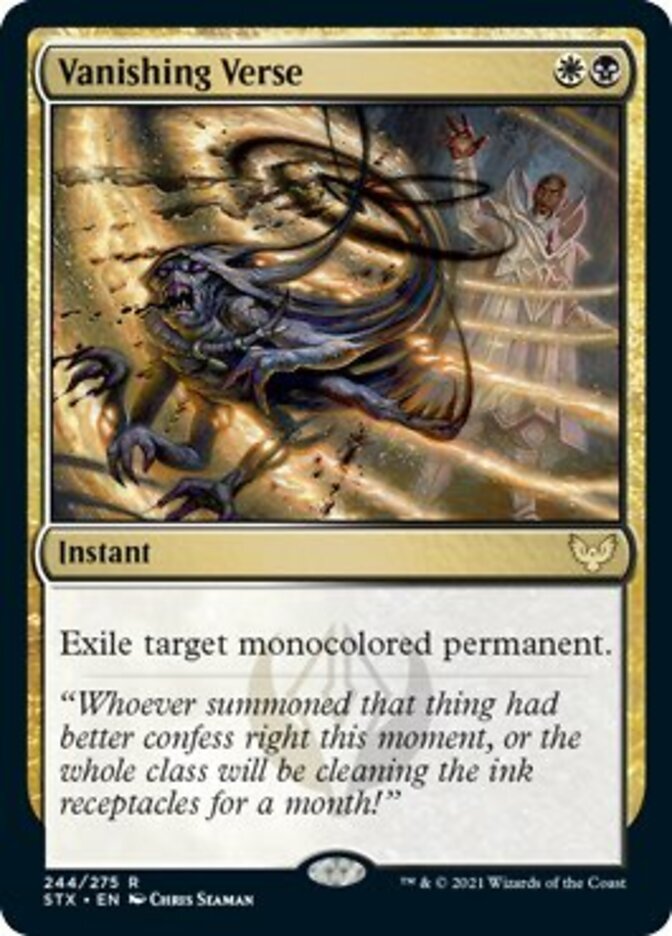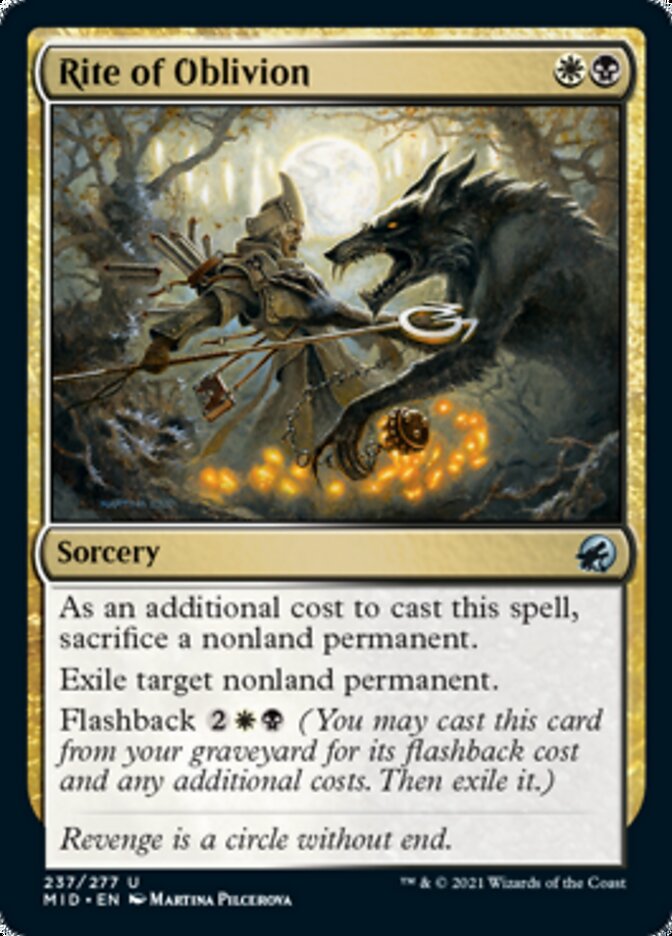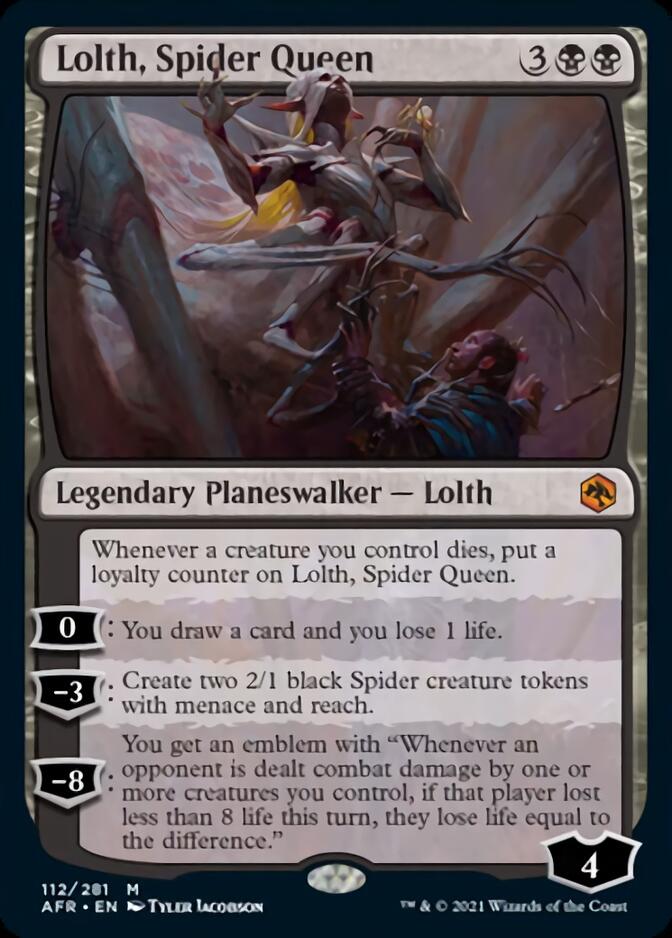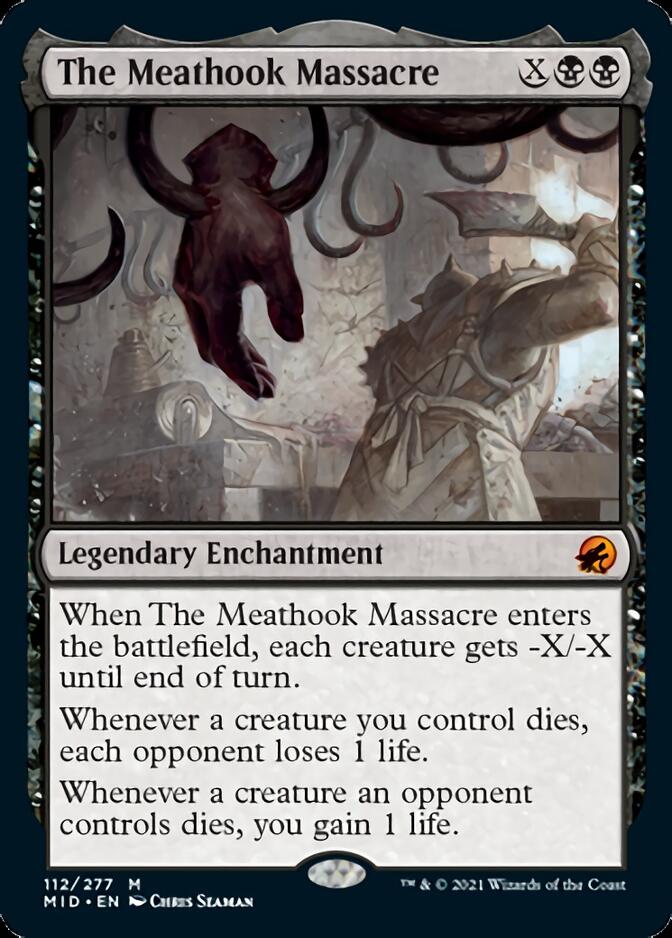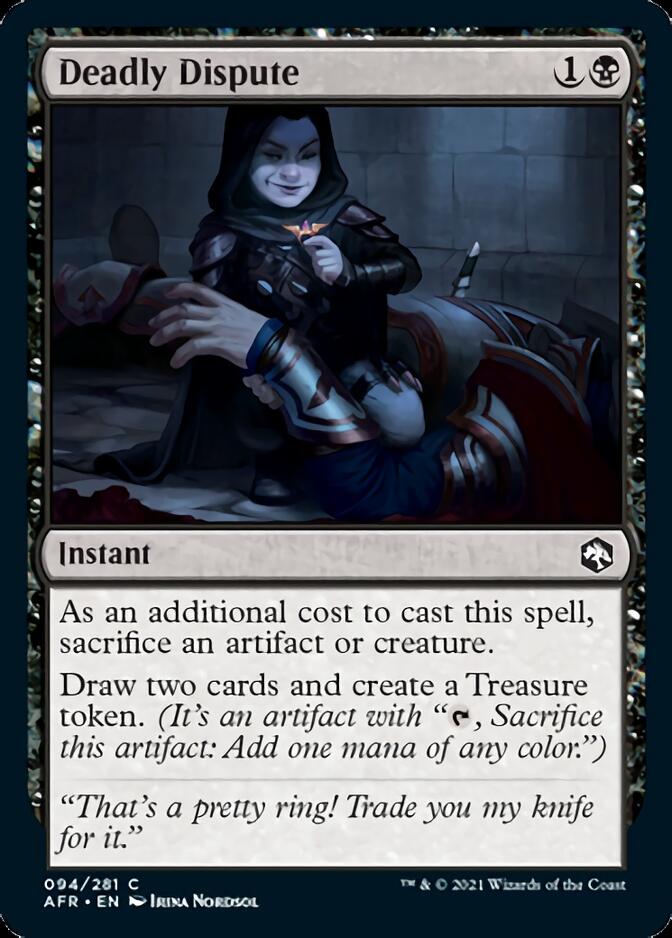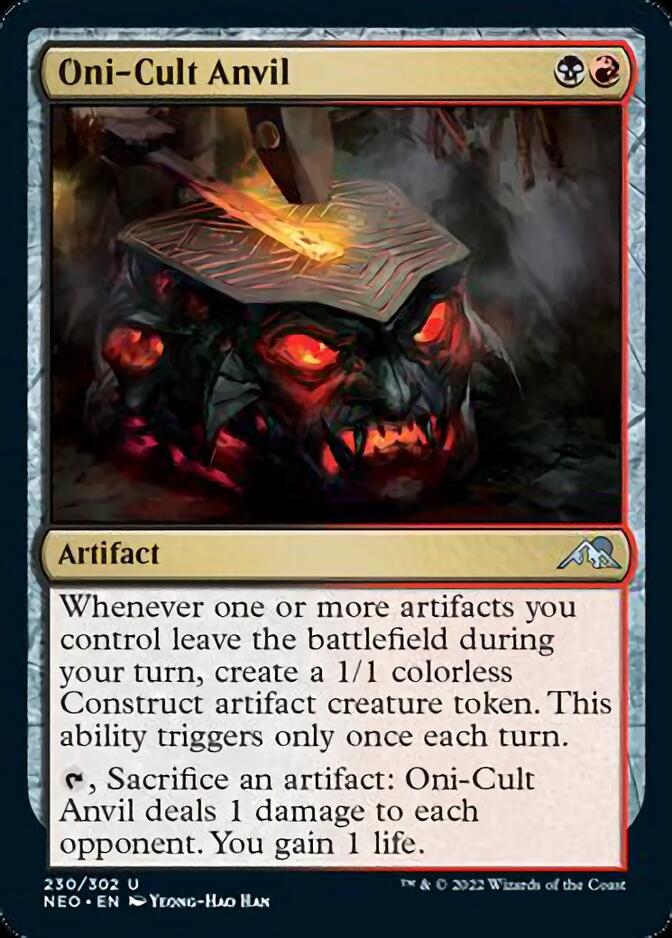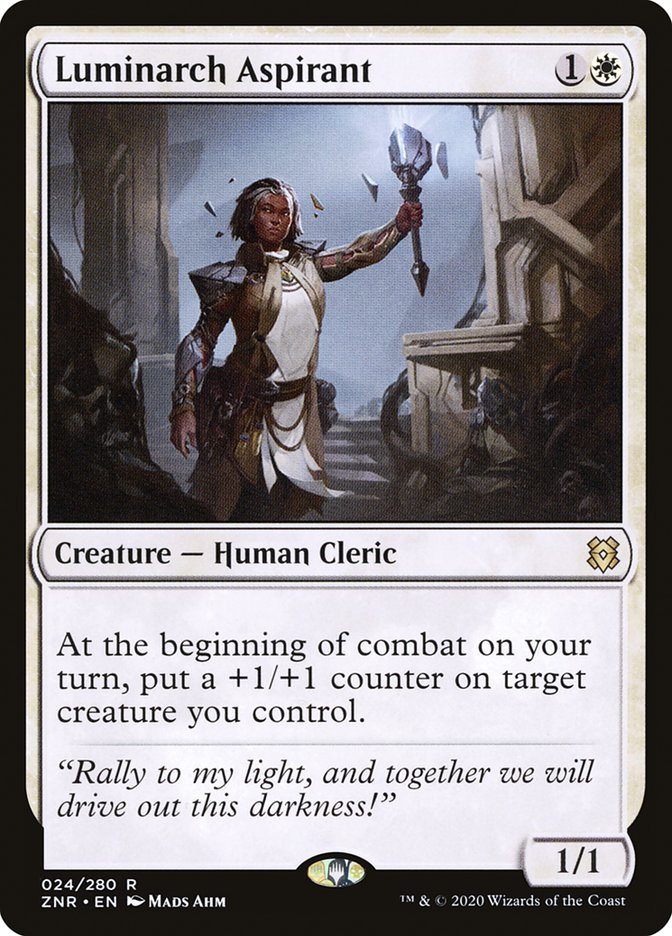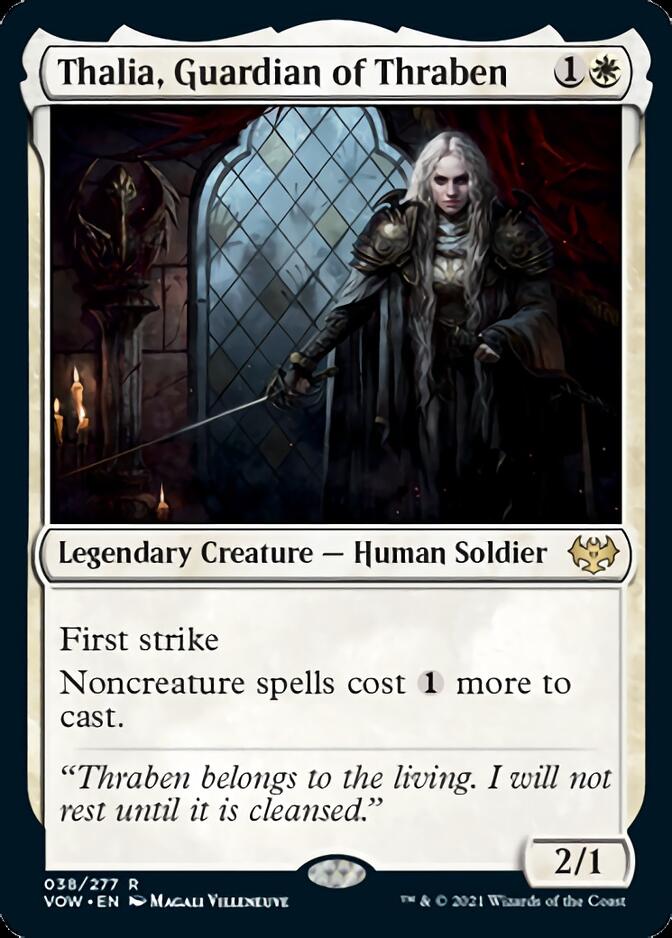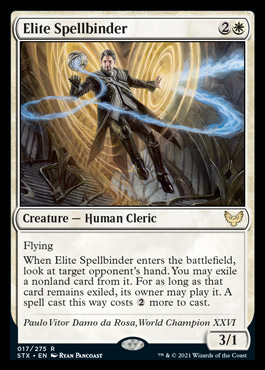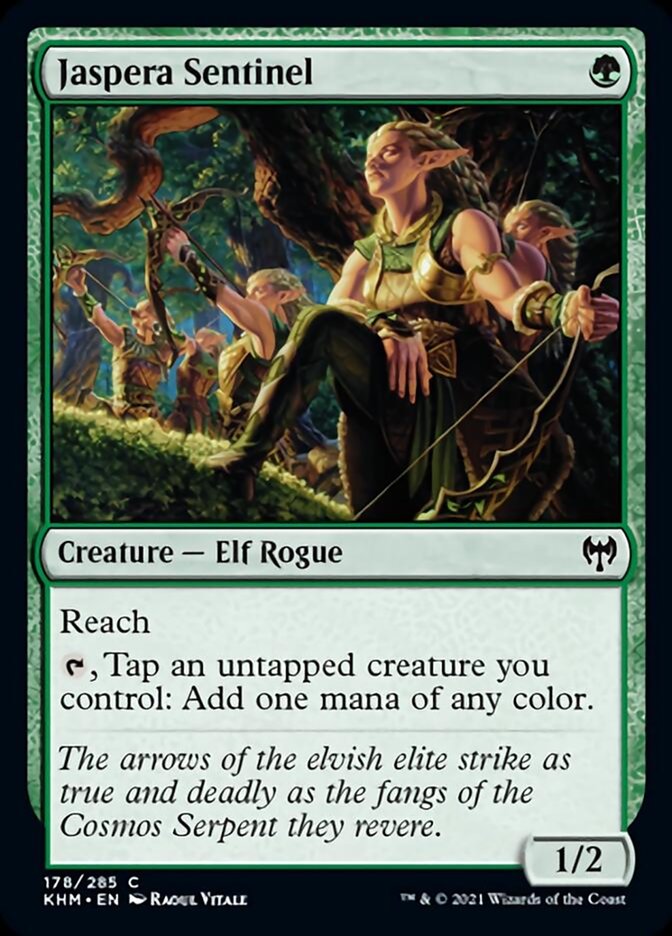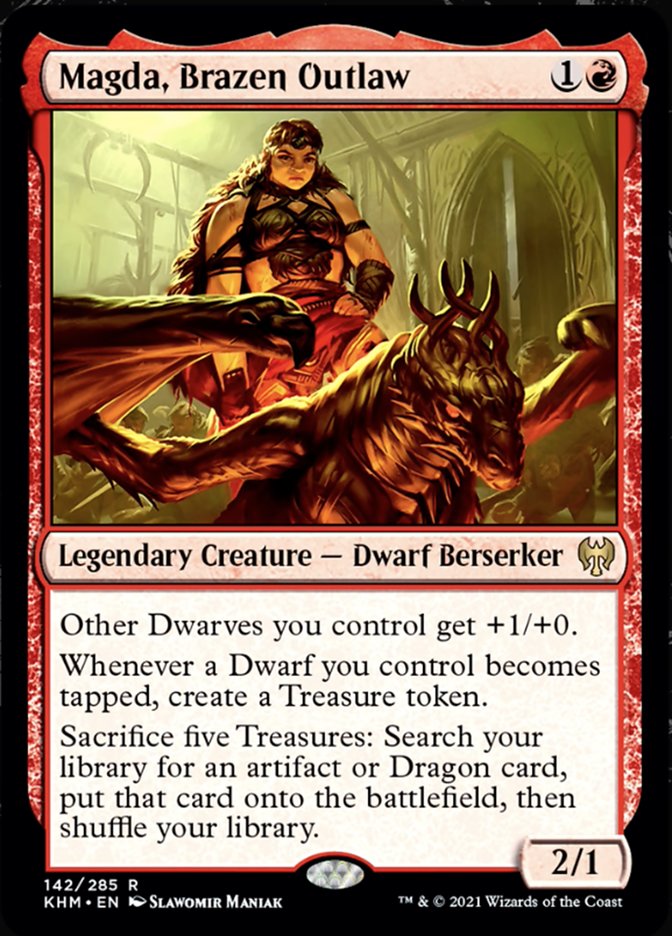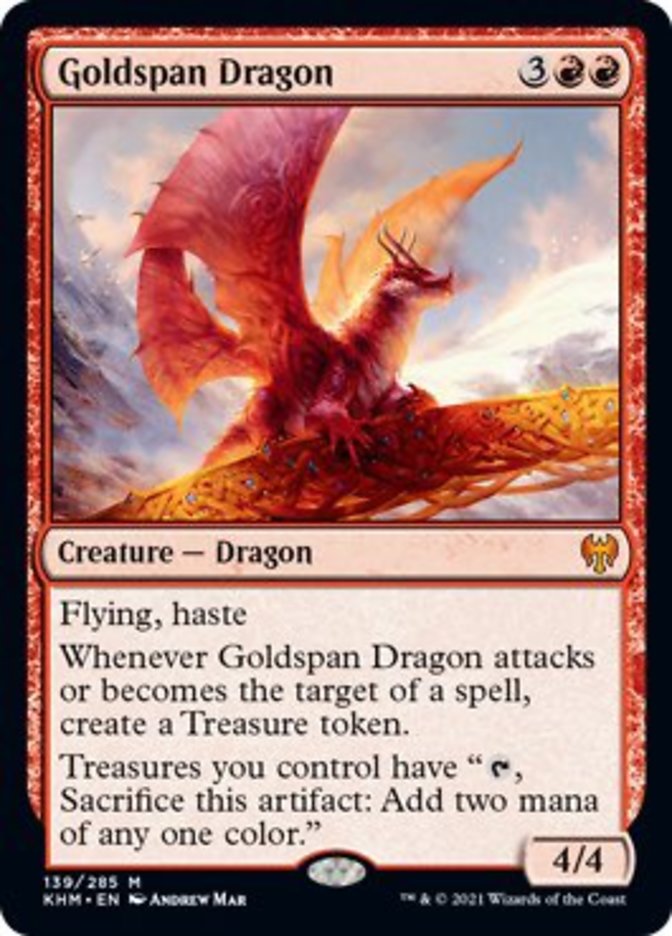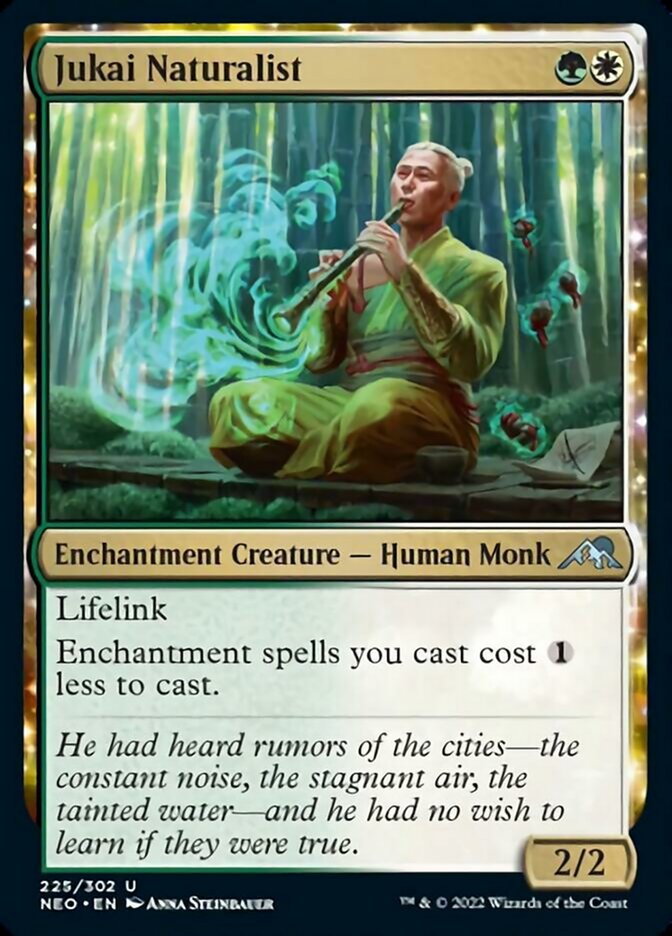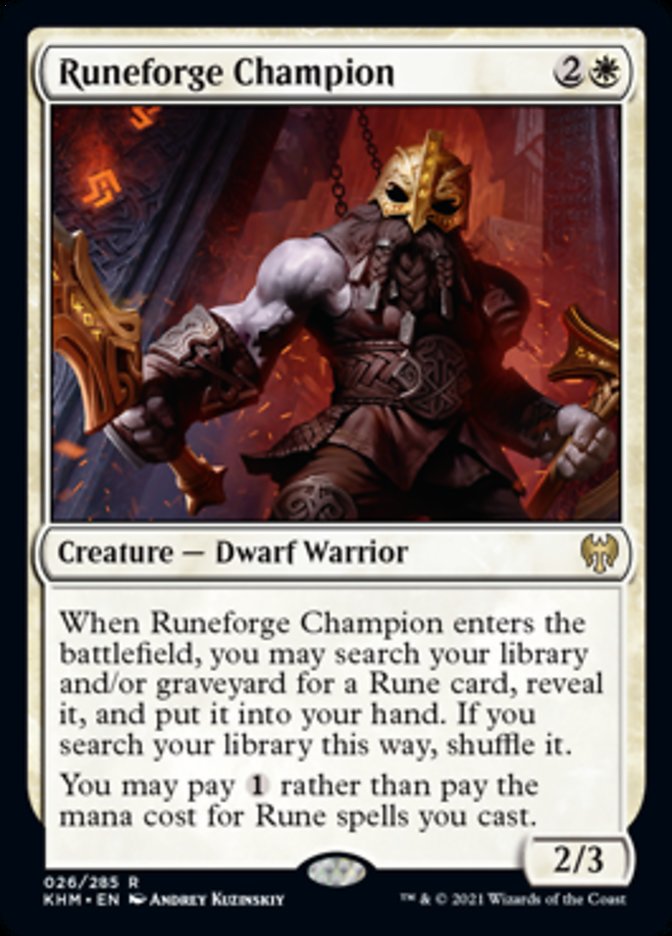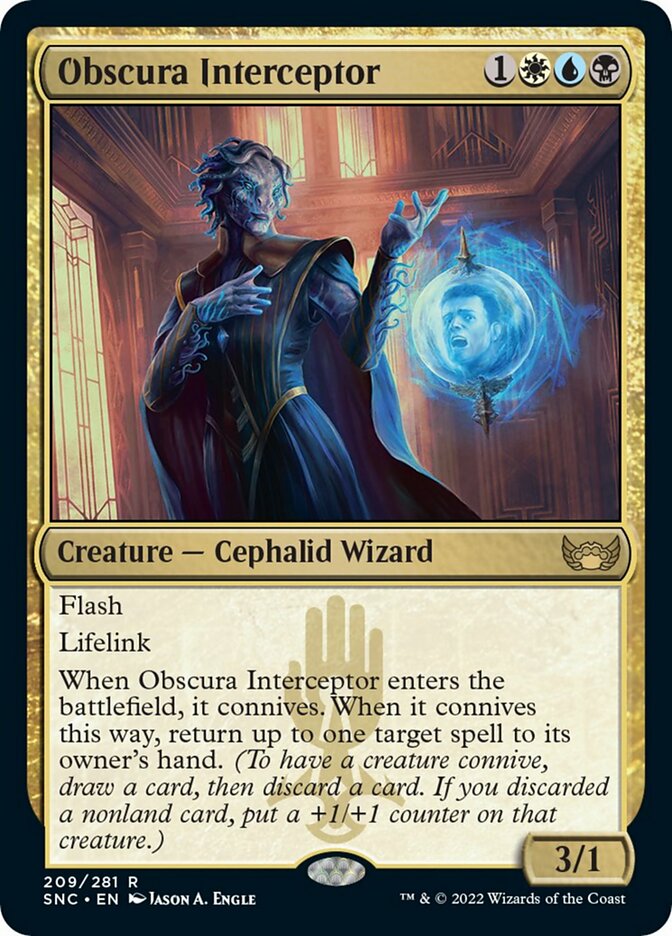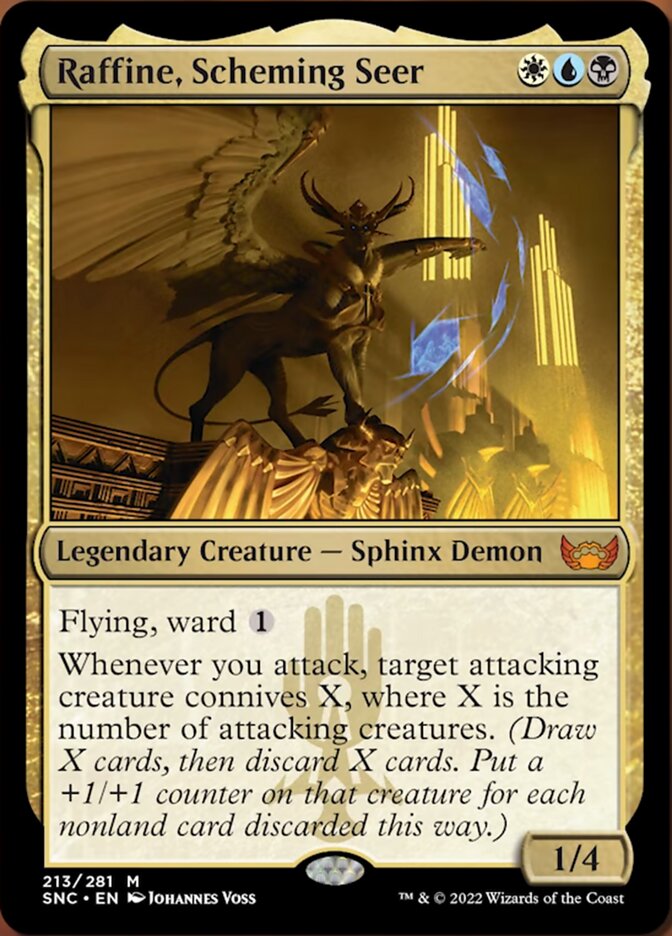We’re getting into the swing of New Capenna Standard. This coming weekend will be the Set Championship, where the world’s best players will really sink their teeth into the format for the first time. Expect some big shake ups next week, but for now, these are the decks you can expect to see.
I’m still feeling out the deck naming conventions, but I thought I’d be a good sport and start using the names of New Capenna’s five families for their respective three-color combinations.
Here are the resources I use to inform all Power Rankings, leaning more heavily on what applies best to the given format:
- Magic Online results. This includes Preliminaries, Weekend Challenges, Super Qualifiers and MOCS Events.
- MTGMelee results. I typically look at all of the events with at least 30 players.
- Large tabletop events. When applicable.
- Untapped.gg stats. These show win rates of various archetypes on the Magic Arena ladder.
- Previous rankings. Just because a deck didn’t make a top 8 over the weekend, doesn’t mean it’s suddenly a bad deck.
- Public opinion. I discuss things with my teammates, and take a look at what’s getting a lot of attention on Twitch, Twitter, YouTube, podcasts and written content.
- My own instincts and experiences.
10. Mono-White Control
There are two (at least two!) very different mono-white decks in Standard right now. One is the familiar aggressive deck, which I’ll cover below. The other is a more midrange or controlling version that capitalizes on Field of Ruin in a format where players are packing very few basic lands. While card choices will vary, two that you’re very likely to see are The Wandering Emperor and The Restoration of Eiganjo.
9. Orzhov
The Orzhov Midrange shell had the #1 position prior to Streets of New Capenna. In a world of “fair” Magic, Orzhov might just be king. Vanishing Verse and Rite of Oblivion offer answers to everything, including planeswalkers and giant creatures. Sorin the Mirthless, Lolth, Spider Queen, The Wandering Emperor and a wide range of other powerful threats give the Orzhov shell a reliable stream of card advantage. The new set brings Elspeth Resplendent and new removal options.
Orzhov had a 58.1 percent win rate from Bronze to Mythic on the Magic Arena Best-of-Three ladder.
8. Mardu
Mardu Midrange has all of the strengths of the Orzhov shell, but goes one step further, accessing all of the best weapons of the various Rakdos decks as well. This includes Fable of the Mirror-Breaker and the devastating new planeswalker Ob Nixilis, the Adversary.
Mardu had a 53.0 percent win rate from Bronze to Mythic.
7. Rakdos Sac
Rakdos Sac utilizes all of the all-star black cards like The Meathook Massacre, Deadly Dispute and the very best removal spells and disruption. It pairs them with engine cards including Oni-Cult Anvil, Experimental Synthesizer and plenty of the blood token cards from Innistrad: Crimson Vow.
Since casualty is a sacrifice-centric mechanic of the Maestros family, there’s now a lot of new weapons and customizability within this archetype. I also saw a successful Rakdos Sacrifice deck splashing green for Riveteers Charm.
Rakdos Sac had a 57.5 percent win rate.
6. Mono-White Aggro
White Weenie is a fast and punishing monocolor aggro deck, and was one of the most successful decks in the first handful of days after New Capenna’s release. Luminarch Aspirant remains legal as one of the strongest cards in the format. Meanwhile, Thalia, Guardian of Thraben and Elite Spellbinder provide effective disruption.
Also important, Mono-White is a great way to attack Naya Runes, with Archon of Emeria being one of the single best cards against strategies centered around Showdown of the Skalds. Skyclave Apparition and Brutal Cathar are also good ways to pick apart Naya Runes and ensure that they can’t run away with Auras and +1/+1 counters.
I played a bit of Mono-White recently and it wasn’t fun running into so many copies of The Meathook Massacre and Ray of Enfeeblement. Still, it’s a powerful and straightforward deck, and makes for a good entry point for players of any level.
Mono-White had a 59.0 percent win rate on the Best-of-Three Arena ladder. It’s also a great choice for Best-of-One play.
5. Angels
Orzhov Angels had an impressive 60.1 percent win rate on the Best-of-Three ladder. Because of its favorable matchup against opposing creature decks, I also really like Angels for Best-of-One.
4. Temur Treasures
Temur Treasures is a holdover from the last Standard format. It remains a great deck for tackling a diverse, unpredictable field. Temur Treasures has an aggressive Gruul core and uses Jaspera Sentinel and Magda, Brazen Outlaw to power out Esika’s Chariot and Goldspan Dragon. With fast and punishing threats, it usually only takes one well-placed permission spell off the blue splash to lock up a game. It’s another good choice for best-of-one.
3. Riveteers Midrange
Riveteers Midrange only had a 55.1 percent win rate overall, but I believe that the best, most tuned versions can perform much better than that.
2. Runes
Naya (or Cabaretti) Runes remains extremely powerful, and even picked up Jetmir’s Garden to shore up a shaky mana base. The key cards are Jukai Naturalist, Runeforge Champion and Showdown of the Skalds. With multiple ways to reduce the cost of your Auras, you can chain together a flurry of spells while generating +1/+1 counters from Showdown of the Skalds and Generous Visitor. Between speed, card advantage and a combo element that can kill the opponent with a giant haste creature out of nowhere, this deck really has it all.
Runes remains a defining deck of both Standard and Alchemy across Best-of-One and Best-of-Three play alike. It’s extremely powerful and explosive, and is likely to steamroll anyone unprepared for the matchup. It is possible to prepare for the matchup, but as Standard players get excited to try new brews, there’s opportunity for Naya Runes to put up impressive numbers.
Naya Runes had a whopping 63.4 percent win rate, the highest of any deck.
1. Obscura Midrange
Prior to the new set, there wasn’t a world of difference between Orzhov and Esper Planeswalkers. But with so many new gold cards from the Obscura family, the archetypes are starting to diverge. Popular new options include Void Rend, Obscura Interceptor and Raffine, Scheming Seer. And of course, splashing blue for Kaito Shizuki and a couple of sideboard permission spells is still highly desirable.
Obscura had an impressive 60.5 percent win rate, with tournament results to match that across both Magic Arena and Magic Online.




